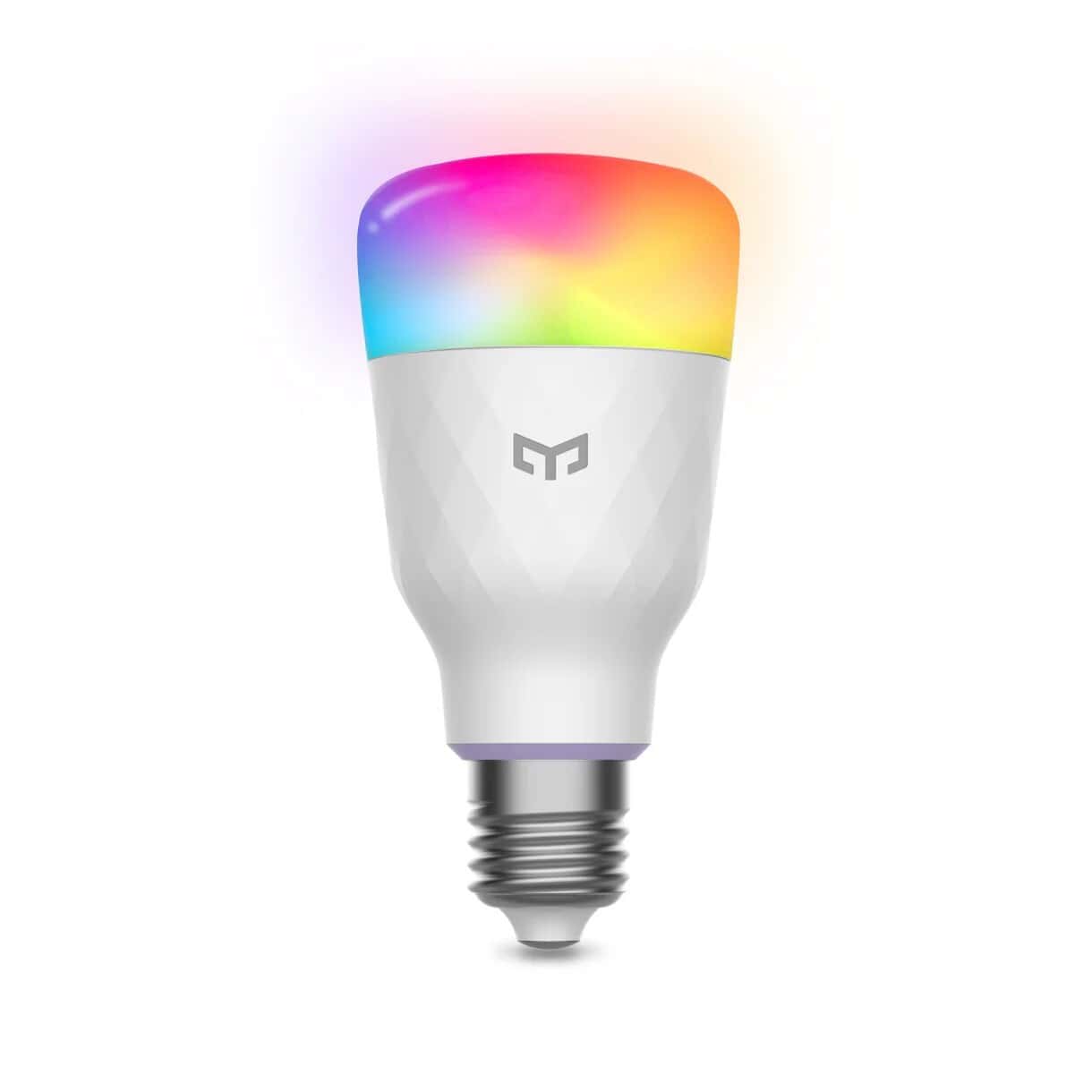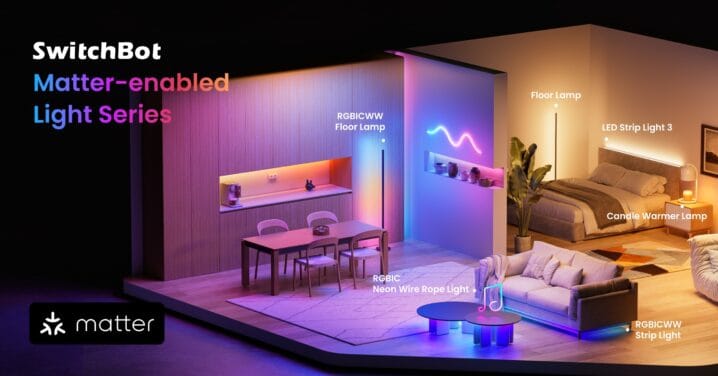Smart home gear is getting more common, but the words used to talk about it can get confusing. You might see things like Matter, Thread, or Zigbee on boxes or in setup menus and wonder what they mean. If you have ever tried to connect your lights, speakers, or other gadgets and felt lost, you are not alone. This post looks at what these terms mean, how they work, and what makes them different. It will also go over which devices use each one and the ups and downs of each type. If you are trying to decide what kind of smart home system to buy or just want to know what these words mean, keep reading for clear answers.
What is Matter?
Matter is a standard for smart home devices. It was made by a group of companies that wanted a way for smart home products to work with each other, even if they are from different brands. Matter lets devices talk to each other using common rules. This means that if a device says it works with Matter, you can connect it to other Matter-supported devices without needing extra apps or hubs. Matter uses wired and wireless connections to send signals. It works with Wi-Fi, Ethernet, and Thread. It does not replace Wi-Fi or Thread, but works with them to help devices talk.
Many well-known smart home products now work with Matter. Some smart speakers, smart bulbs, plugs, locks, and thermostats support Matter. Big brands like Google, Amazon, Apple, and Samsung have started adding Matter support to their latest devices. Some older devices can get Matter support through updates, but not all will. If you want to use Matter, make sure your devices say they support it or will get updates for it.
Matter lets you mix and match smart home products from different brands more easily. You do not have to stick to just one company for all your devices. Devices that use Matter are also more likely to keep working with new products in the future. But Matter is still new, so not every smart home device works with it yet. Some features, like cameras and robot vacuums, are not part of the standard right now. Also, while Matter helps with setup, you may still need to use different apps for certain controls or updates. Some people say that using Matter can make things simpler, but only if most of your devices support it.
Thread Basics
Thread is a wireless communication protocol that connects smart home devices using a mesh network. In a mesh network, each device can talk to others nearby, which helps the signal move around things like walls or furniture. This setup can make it easier for devices to stay connected, even if one device goes offline. Thread works on the same frequency as Wi-Fi and Zigbee, but it keeps its own network for smart home gadgets.
Some popular smart home brands use Thread. This includes products like smart lights, sensors, locks, and thermostats from companies such as Apple, Google, and Nanoleaf. The list of Thread-supported devices is growing, but not every smart home product uses Thread yet. Most products that work with Thread will say so on their packaging or in their app instructions.
When looking at Thread next to radios like Zigbee or Wi-Fi, the main difference is how they build their networks. Thread uses a mesh, which can make connections more solid since devices help each other stay online. Zigbee also uses a mesh setup, while Wi-Fi usually connects each device right to your router. Thread is designed to be secure and use less power, which can help battery-powered devices last longer between charges.
Zigbee Explained
Zigbee is a type of wireless communication used in many smart‑home products. It is based on a standard called IEEE 802.15.4. Devices that use Zigbee usually fit into three groups. These are coordinators, routers, and end devices. The coordinator is the main device that starts and manages the network. Routers help pass messages between devices and can extend the range of the network. End devices are the gadgets that connect to the network, like smart bulbs, switches, or sensors. These end devices talk with the coordinator or routers, but not with each other.
A Zigbee network forms a mesh. This means devices can pass messages to each other through routers. The mesh setup helps make sure messages can get around obstacles or reach far corners of a home. If one device goes offline, the network can often find another route for the messages. Zigbee usually runs on the 2.4 GHz frequency, which is the same as Wi‑Fi and Bluetooth. This can sometimes cause wireless interference if too many devices are in the same area.
Zigbee is different from Thread and Matter. Zigbee and Thread are both mesh networks, but Zigbee is not based on internet protocols like Thread. Matter is not a wireless technology by itself. It is a new standard that lets devices from different brands talk to each other, and it can use Zigbee, Thread, or Wi‑Fi for communication. Zigbee has been around longer, so there are many products that use it, but newer products are starting to use Thread and Matter to help make smart homes work together more easily.
In Summary
Matter, Thread, and Zigbee are all names you will see when looking at smart home devices. Each one has its own way of helping gadgets talk with each other. Matter is a new standard that makes it easier for products from different brands to work together, but not every device supports it yet. Thread and Zigbee are both mesh wireless networks, but Thread is newer and is built to work with Matter. Zigbee has been around longer and is used by many devices, but it does not use the same internet-based system as Thread. When picking smart home products, it helps to check which of these systems your devices use so you can avoid problems with setup and daily use. If you want your smart home to run smoothly, make sure your devices are made to work together by looking for the right logos and checking device details.




